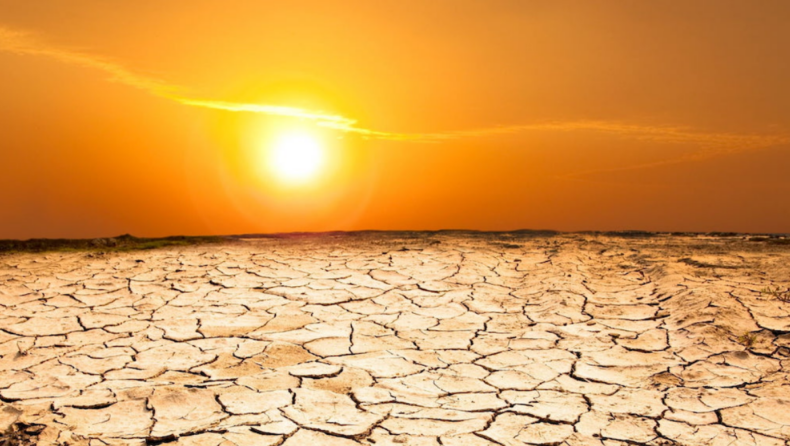Extreme heat events have become more frequent, larger, and longer as a result of human-caused global warming. What used to be extremely rare occurrences are now becoming increasingly prevalent.
Climate change is increasing people’s exposure to heat. Extreme temperature events have been documented to be rising in frequency, duration, and magnitude over the world. The number of persons exposed to heatwaves grew by roughly 125 million between 2000 and 2016.
n numerous parts of the country, heat waves have been reported.
The core heatwave zone stretches across Rajasthan, Punjab, Haryana, Chandigarh, Delhi, West Madhya Pradesh, Uttar Pradesh, Chhattisgarh, Orissa, Vidarbha in Maharashtra, sections of Gangetic West Bengal, Coastal Andhra Pradesh, and Telangana, according to the India Meteorological Department (IMD).
Senior meteorologist PK Saha of IMD Bhopal said that severe heatwave conditions persisted in Narmadapuram on Thursday, with the mercury reaching 43 degrees Celsius, the highest maximum temperature in Madhya Pradesh
Climatology of Heat Waves
Maximum temperatures in India are rising as winter transitions to spring with the Sun’s northward march after the winter solstice, beginning in the south and moving northward across central and northern India.
In India, March marks the start of the summer season. During this month, the highest heating zone spans between Odisha and Gujarat in central India. In March, the weather here begins to heat up.
The high temperatures in central India are exacerbated by hot winds from northwest India’s deserts. Up to eight heatwave days per season are reported in many regions in the northwest and cities along the southeastern coast. Heatwaves are less common in the extreme north, northeast, and southwestern parts of India.
March’s scorching weather
The recent scorching period covered an extremely vast geographic area this year.
Last week, portions of north and northwest India, including Jammu, Kutch-Saurashtra, Rajasthan, and sections of Madhya Pradesh and Uttarakhand, were hit by a heatwave.
Aside from the fact that heatwaves are affecting such a vast area, the most recent spell was also very protracted. Later, it spread through Gujarat, North Maharashtra, and to Odisha’s interior.
During the past few days, the southerly winds from Gujarat, south Pakistan took the heat to southern and southwest Rajasthan. There were no active western disturbances, which otherwise brings colder winds. As a result, temperatures in Jammu, Rajasthan and neighbourhood areas remained higher than normal,” said Mrutyunjay Mohapatra, director general, IMD.
Thunderstorms and rain are absent
The lack of pre-monsoon showers has also contributed to the general temperature, along with the seasonal transition.
“In most regions of the country, there hasn’t been any significant thunderstorm activity or related rainfall in March,” Dr Mohapatra added.
The result is an 83 percent rain deficit over the country in March (till March 21). Only Kerala (14%) and the Andaman and Nicobar Islands (599%) have received excess rain so far, while the rest of the states and union territories have stayed dry.
The Andaman Islands are currently bracing for Cyclone Asani, which is expected to bring heavy rain. In March, India’s rainfall was broken down by region (March 1 to 21, IMD data)
-
86 percent in Northwest India
-
India’s east and northeast: minus 92 percent
-
India’s Central Plains: minus 84 percent
-
The South Peninsula: minus 40%
Antarctica is also experiencing a heatwave
The surface air temperature throughout eastern Antarctica on March 18 was historic, reaching up to 40 degrees Celsius above normal.
Temperatures should have been in the minus 45 to minus 50 degrees Celsius range at this time of year. The southern pole, on the other hand, recorded temperatures of minus 18 to negative 12 degrees, which climate scientists describe as unusual.
Concordia, a station on the Antarctica plateau 1,670 kilometers from the Geographic South, reported temperatures 50 degrees above usual last week. The problem has emerged as a result of warm westerly winds crossing the Southern Ocean and reaching Antarctica’s interior.
Published By :- Shubham Agarwal
Edited By :- Kritika Kashyap













